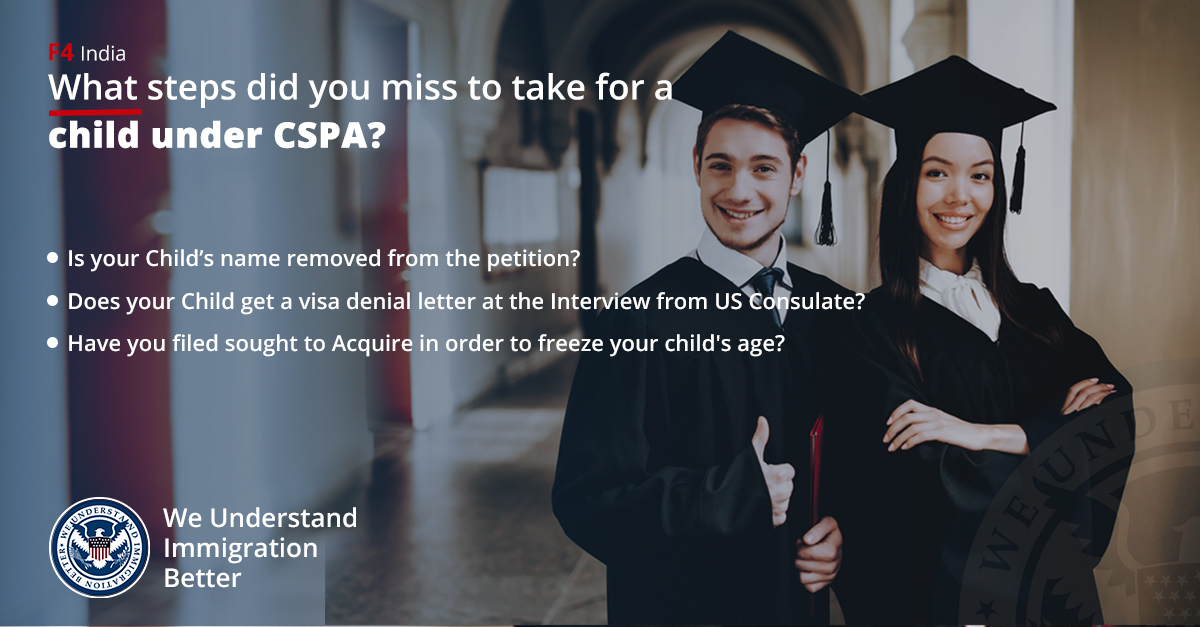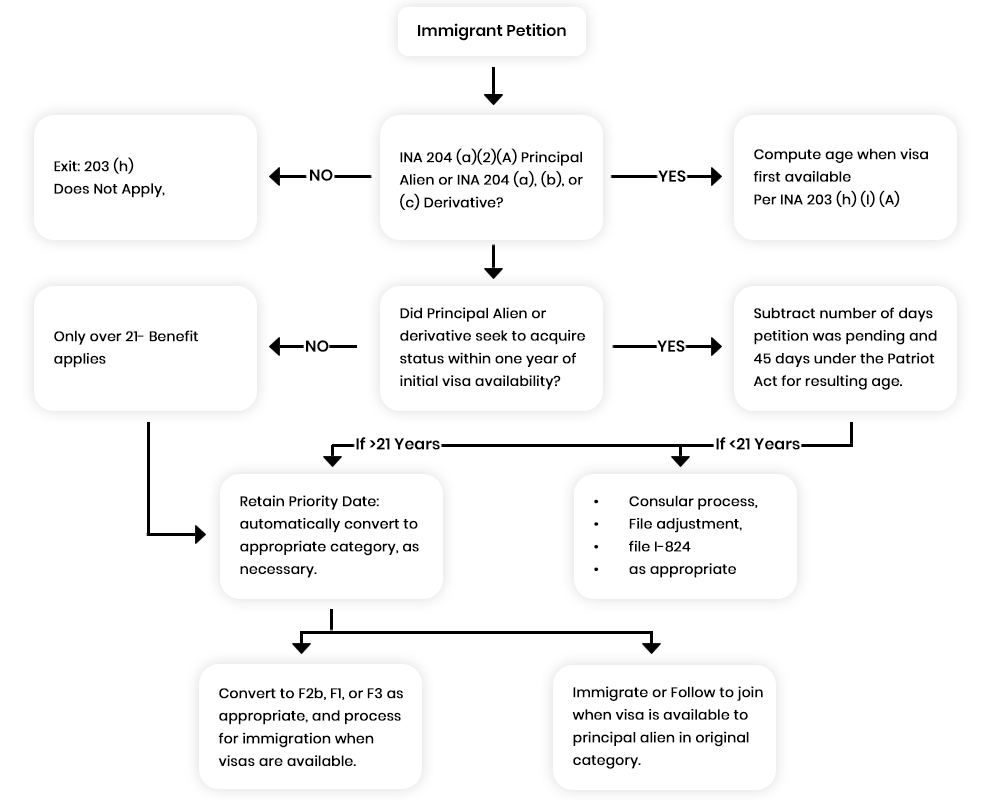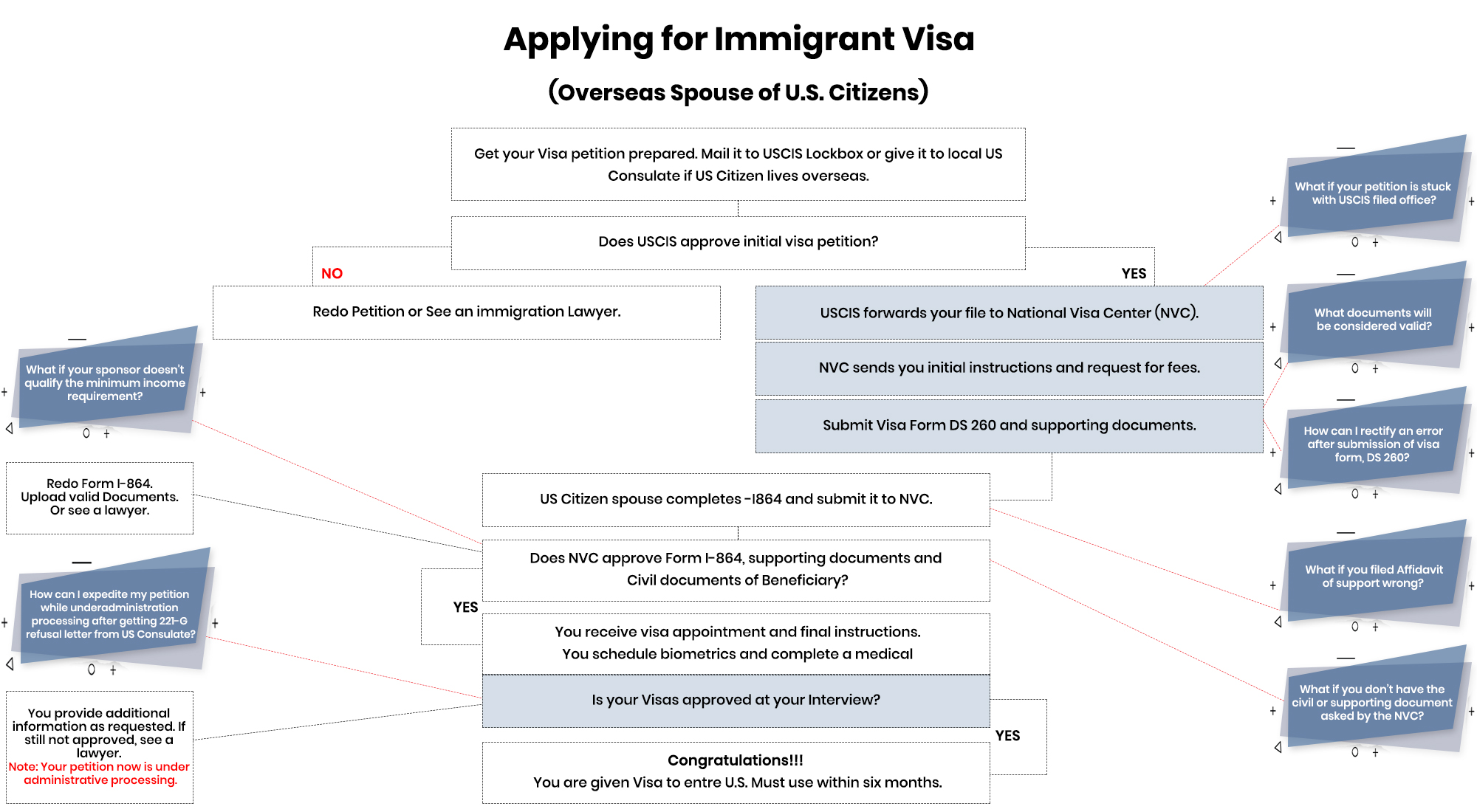Child Status Protection Act

Purpose of the Child Status Protection Act
The fundamental aim of the Child Status Protection Act (CSPA) is to address the challenges faced by specific noncitizens who were initially designated as children for immigrant visa purposes. However, due to the extended processing times for petitions, these individuals reached the age of 21 and consequently became ineligible to receive the intended immigrant visas.
As per Section 101(b)(1) of the Immigration and Nationality Act (INA), a child is defined as an individual who is unmarried and under 21 years old. It is important to note that CSPA does not modify this definition. Instead, the CSPA offers mechanisms for determining an applicant's age for the purposes of immigrant visa classification. The resultant age is referred to as the applicant’s "CSPA age."
It is crucial to understand that CSPA does not alter the requirement that an applicant must remain unmarried to maintain eligibility for classification as a child for immigration purposes.
Revised CSPA: Green Card Age Out
On February 14, 2023, the United States Citizenship and Immigration Services (USCIS) issued updated policy guidance within the USCIS Policy Manual to redefine the point at which an immigrant visa is considered "available" for the purpose of calculating the age under the Child Status Protection Act (CSPA). This revision specifically pertains to noncitizens who are seeking lawful permanent resident status in a preference category. The implementation of this guidance is effective immediately and is applicable to adjustment of status applications that the USCIS processes on or after February 14, 2023.
If your adjustment of status application was previously denied by the USCIS, but you believe that, under this updated policy guidance, your CSPA age calculation falls under 21, you have the option to submit a motion to reopen your application. This can be done using a Notice of Appeal or Motion. Generally, noncitizens are required to file such motions within 30 days of the decision. However, for motions filed beyond this timeframe, if the noncitizen can demonstrate that the delay was reasonable and beyond their control, USCIS may, at its discretion, consider and excuse the untimely filing of the motion.
Calculate CSPA Age and Check Visa Eligibility of Child
In order to calculate a child’s age according to CSPA and to find whether the child is eligible to get visa you need to know following details.
Priority Date:It is the date when your Petition was filed.
Approval Date: The date when your immigrant petition was approved by USCIS. You can find your priority date on your Form I-797
Visa Availability date: A visa availability date means an immigrant visa number is available as per chart A in the Visa Bulletin.
Date of Birth of the Child
CSPA CALCULATOR
Fill in the fields below for CSPA Calculator Fields with *are required fields.
UNDERSTAND THE TERMS
Priority Date:
It is the date when your Petition was filed.
Approval Date
The date when your immigrant petition was approved by USICS, such as when Form I-130 was approved by family-based immigration or when Form I-140 was approved for employment-based immigration. You can find your priority date on your Form I-797
Visa Bulletin Current Date:
A visa bulletin current date means an immigrant visa number is available and scheduled for interview
(Note: Visa officer will calculate your CSPA on the interview date)
Child Status Protection Act (CSPA) INA 203 (H) Flow Chart

The Most Common Questions Asked For CSPA
What is “Aging Out”?
The Immigration and Nationality Act (INA) describes a child as an applicant who is unmarried and under 21 years old. When a child applies for adjustment of status, or consular processing, but when the application is being adjudicated, the child turns 21 then that child becomes ineligible for a green card, and this situation is known as aging out. This happens due to large backlogs and long processing times for visa petitions. The Child Status Protection Act (CSPA) prevents children from “Aging Out” of eligibility for permanent residence.
How Does The Child Status Protection Act Help?
CSPA provides a way for calculating a person’s age to check if they meet the definition of a child for immigration purposes. The calculated age is that the child’s “CSPA age.” this permits some individuals to remain classified as children beyond their twenty-first birthday. However, CSPA doesn’t change the need that you simply should be unmarried in order to remain eligible for classification as a child.
What is CSPA Eligibility Criteria?
The Child Status Protection Act (CSPA) is a U.S. immigration law designed to address the issue of children "aging out" of eligibility for certain immigration benefits. The CSPA provides a way to retain the classification of a child even if they turn 21 years old before the finalization of their immigrant visa or adjustment of status application.
The CSPA eligibility criteria are as follows:
The CSPA is applicable when a qualifying petition (family-sponsored or employment-based) is filed on behalf of the child before they reach the age of 21.
The CSPA is primarily relevant to family-sponsored and employment-based immigrant visa preference categories. Immediate relatives (spouses, unmarried children under 21, and parents of U.S. citizens) are not subject to numerical limitations and do not need the protection of the CSPA.
The child must seek to acquire permanent residence within one year of visa availability. This is usually measured from the date when an immigrant visa number becomes available to them.
The CSPA provides a formula for calculating the child's "CSPA age" by subtracting the time that the immigrant petition was pending (from the filing date until it is approved) from the child's biological age at the time an immigrant visa number becomes available.
In family-sponsored cases, the unmarried children under 21 of the principal beneficiary are considered derivative beneficiaries. The CSPA protects them from aging out, allowing them to retain their child status even if they turn 21 during the process.
It's important to note that the application of the CSPA can be complex, and specific circumstances may vary. Eligibility should be assessed on a case-by-case basis, and individuals seeking its benefits should consult with an immigration attorney for guidance tailored to their situation.
How Does CSPA Works For Immediate Relatives?
If you’re an immediate relative, a VAWA self-petitioning abused spouse or child of a U.S. citizen, or a derivative kid of a VAWA self-petitioning abused spouse or child of a U.S. citizen, Age gets frozen on the date the Form I-360 and Form I-130 has filed. If you were under the age of twenty-one at the time the petition was filed, you’re eligible for CSPA and will not age out. However, you need to stay unmarried in order to qualify.
How CSPA Works For Preference Categories?
CSPA allows the time a visa petition was pending to be subtracted from the beneficiary’s biological age at the time of visa availability so that the applicant is not penalized for the time in which USCIS did not adjudicate the petition.
How Can You Freeze Your Age in Order to be Eligible For Immigration?
If the CSPA age calculates out to be less than 21, then the children can apply for “seek to acquire” visa within a span of 1 year from the date when their application gained current status from priority status.
In many cases, the visa is being denied even after the CSPA age calculated out to be 21 years or lesser. It was for the only reason that the concerned child did not apply to “seek to acquire” visa within 1 year from the date when his application gained current status from priority.
To Avoid this, One Should Apply for the “Seek to Acquire” Visa in Timelines by Completing any of the Below Forms.
CSPA Details Following 3 Scenarios Wherein the Age of The Children Will be Frozen:
In case a child wishes to stay abroad for work or study purposes or any other purposes instead of immigrating to the US, he /she will continue to be the child of the US parent until the time his/her petition gets cancelled.
In the meantime, he/she can migrate anytime to the US as an immediate relative until they remain single or visa petition gets cancelled.
What Would be the Option For Your U.S. Immigration Dream to Come True After Getting Your Name Removed From the Existing Petition?
There are still many options to fulfil your dream of immigrating to United States and to join your family in US. Contact Us for expert advice on your case and to know the best possible option to Immigrate to US.


